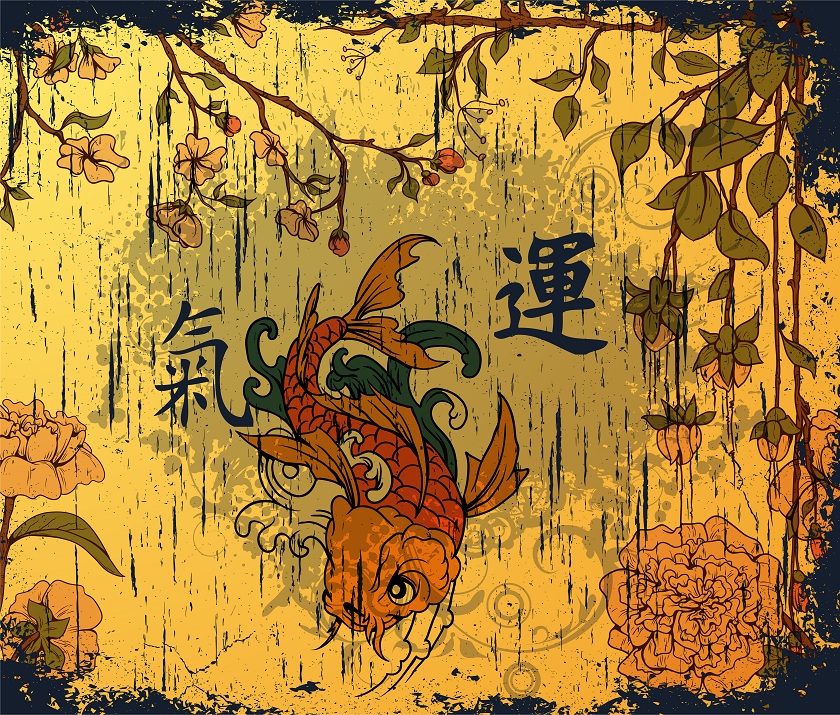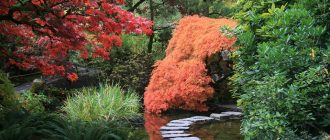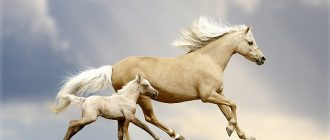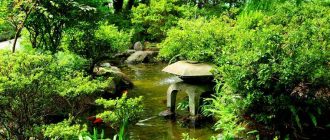Interested in the development of art in Japan? Relish in the History of Japanese art as we cover the most important periods through the course of time.
The history of Japanese art is extensive enough to form an encyclopedia in its own right. We find that the Japanese have had a long and rich history of art that stretches back to ancient times. In fact some of the oldest artifacts known to man belong to the Japanese.
The different eras of art have been given names according to the places where the government was located. Historians claim that the earliest inhibitors of Japan was a tribe called Ainu. They were the ones responsible for the early artifacts of Japan. With time the Ainu people started having an influence on the Northern areas of Japan. The people of this region were called the Jamon people and consequently the period is known as the Jomon and Yayoi period.
Jimmu is recorded as being crowned the first emperor of Japan in 660 B.C. Later on Japan was invaded by the Yayoi people. One can find remnants of pottery vessels and clay figurines from the jomon and yayoi period. These people were skilled in making weapons out of copper and bronze along with various religious artifacts.
Another important era was the Kofun period in 250 BC. The culture of the time period is also known as the Haniwa culture which consisted of typical sculptures that were found on tombs. Bronze mirrors belonging to this time period have also been found.
With the advent of Buddhism into Japan from China began the Asuka period. This period saw a series of developments in Japanese arts. Many advanced techniques of art and architecture flowed in from the Chinese who were far ahead in terms of art and living than the Japanese.
The Nara period is one of the most significant eras in Japan’s history of art. It was under this era that the Japanese came under the complete influence of Buddhism which led them to adopt the Chinese Tang dynasty style. Many of the Buddhist temples that exist today belong to the Nara period.
Next to follow was the Heian period which proved to be a decisive era for Japanese art. In this era Japanese art flourished in a wide variety of mediums. The first novel known as the tale of Genji Monogatari also belongs to this time period. Although the subject matter of the novel was highly controversial it was still a pioneer for the Japanese in the field of novel writing. The Fujiwara period is also known to be a time when art and literature flourished in Japan.
With the establishment of the Shogunate and the birth of the Samurais the Japanese artists got a new domain of inspiration for their art work. The Kamakura period as it is known is regarded as the time period when Japanese arts moved towards a realistic trend and popularized art forms. Japanese calligraphy also took birth during this time period.
Samurai art is still a popular theme in Japan today. Although there have been many other decisive periods in the history of Japanese arts the above mentioned art eras are by far the most important movements that took place during the course of history.





